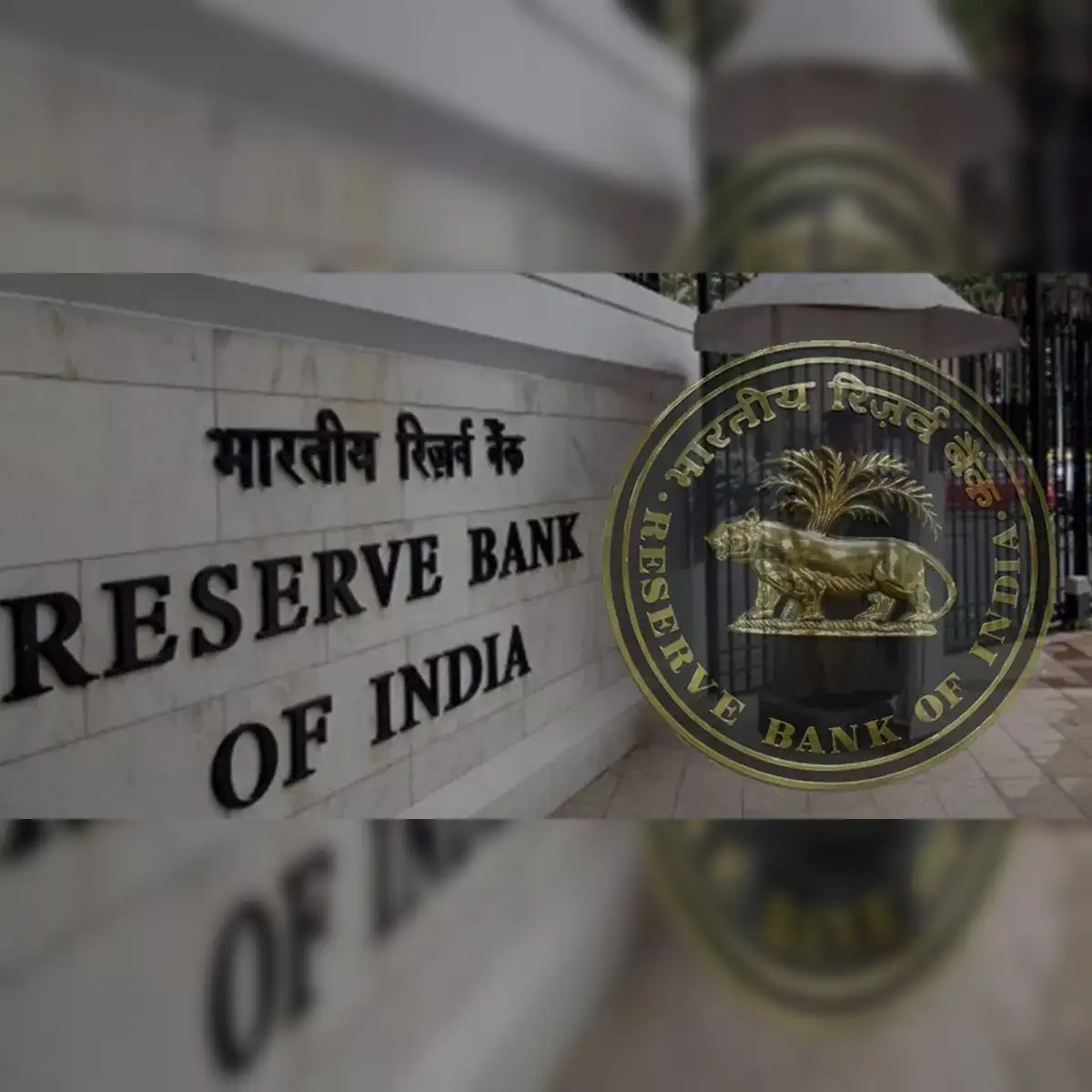The Reserve Bank of India’s (RBI) recent decision to grant IndusInd Bank a license to establish a wholly owned asset management company (AMC) represents a significant shift in regulatory policy. Historically, the RBI has maintained a cautious stance regarding banks' involvement in para-banking activities, which are non-core banking operations that can include asset management, insurance, and other financial services.
This move by the RBI could potentially pave the way for other banks to engage in similar para-banking businesses. By permitting IndusInd Bank to launch its own AMC, the RBI may be signaling a broader acceptance of banks diversifying their activities beyond traditional banking services. This decision could open the route for other banks to explore and establish their own asset management and related non-banking financial ventures.
The implications of this regulatory change are multifaceted. Firstly, it could lead to increased competition in the asset management sector, as more banks might seek to leverage their existing customer bases and financial expertise to enter the market. This increased competition could benefit consumers through a wider range of investment products and potentially better service offerings.
Secondly, allowing banks to own AMCs could also enhance the synergy between banking and asset management services. Banks with in-house AMCs could offer more integrated financial solutions, combining traditional banking products with investment management services. This integration could streamline customer interactions and provide a more cohesive financial service experience.
However, this regulatory shift also raises potential concerns. The expansion of banks into para-banking activities could lead to increased risks if not adequately managed. The RBI will need to ensure that appropriate regulatory frameworks and oversight mechanisms are in place to mitigate these risks and maintain financial stability.
In summary, the RBI’s decision to permit IndusInd Bank to set up an AMC represents a notable development in the regulatory landscape for banks. It opens up possibilities for other banks to follow suit, potentially transforming the para-banking sector and offering new opportunities for growth and service innovation. The long-term effects will depend on how banks and regulators navigate this evolving space.

)

 Recent changes by the Reserve Bank of India (RBI) to peer-to-peer (P2P) lending regulations are set to bring improved transparency and clarity to the sector, despite initial concerns about tighter restrictions. Industry experts view these amendments positively, suggesting they will ultimately benefit both lenders and borrowers.
Recent changes by the Reserve Bank of India (RBI) to peer-to-peer (P2P) lending regulations are set to bring improved transparency and clarity to the sector, despite initial concerns about tighter restrictions. Industry experts view these amendments positively, suggesting they will ultimately benefit both lenders and borrowers.